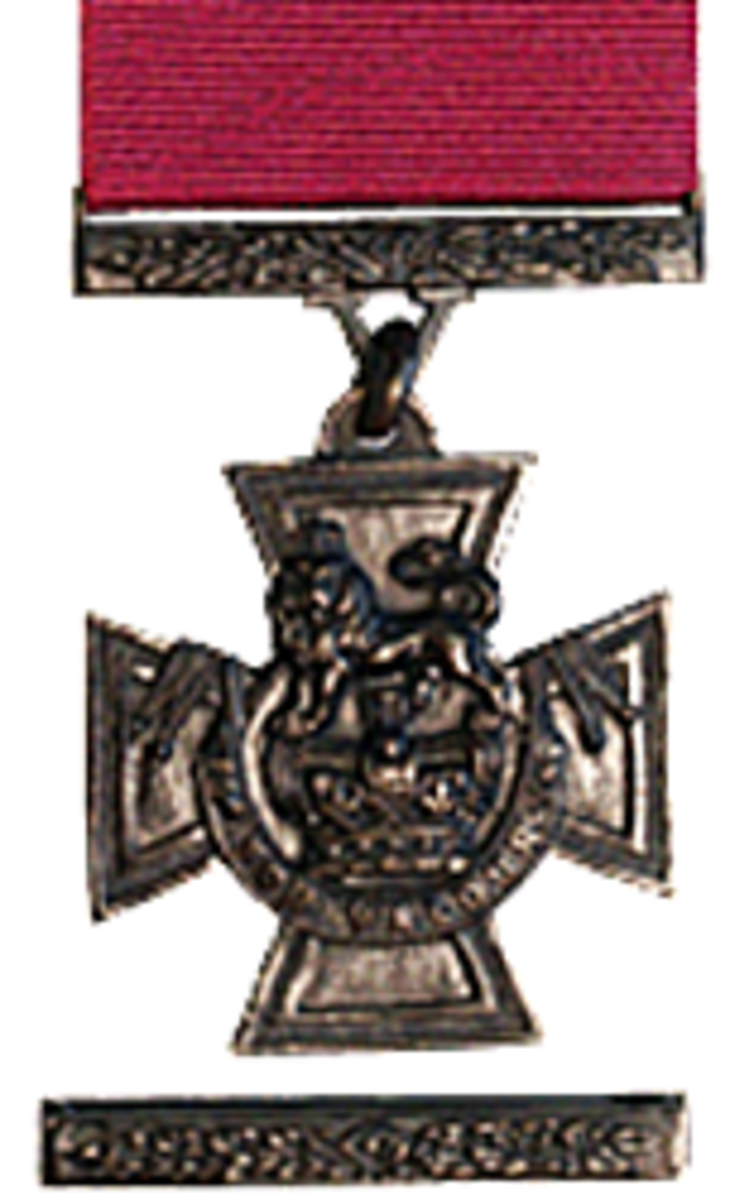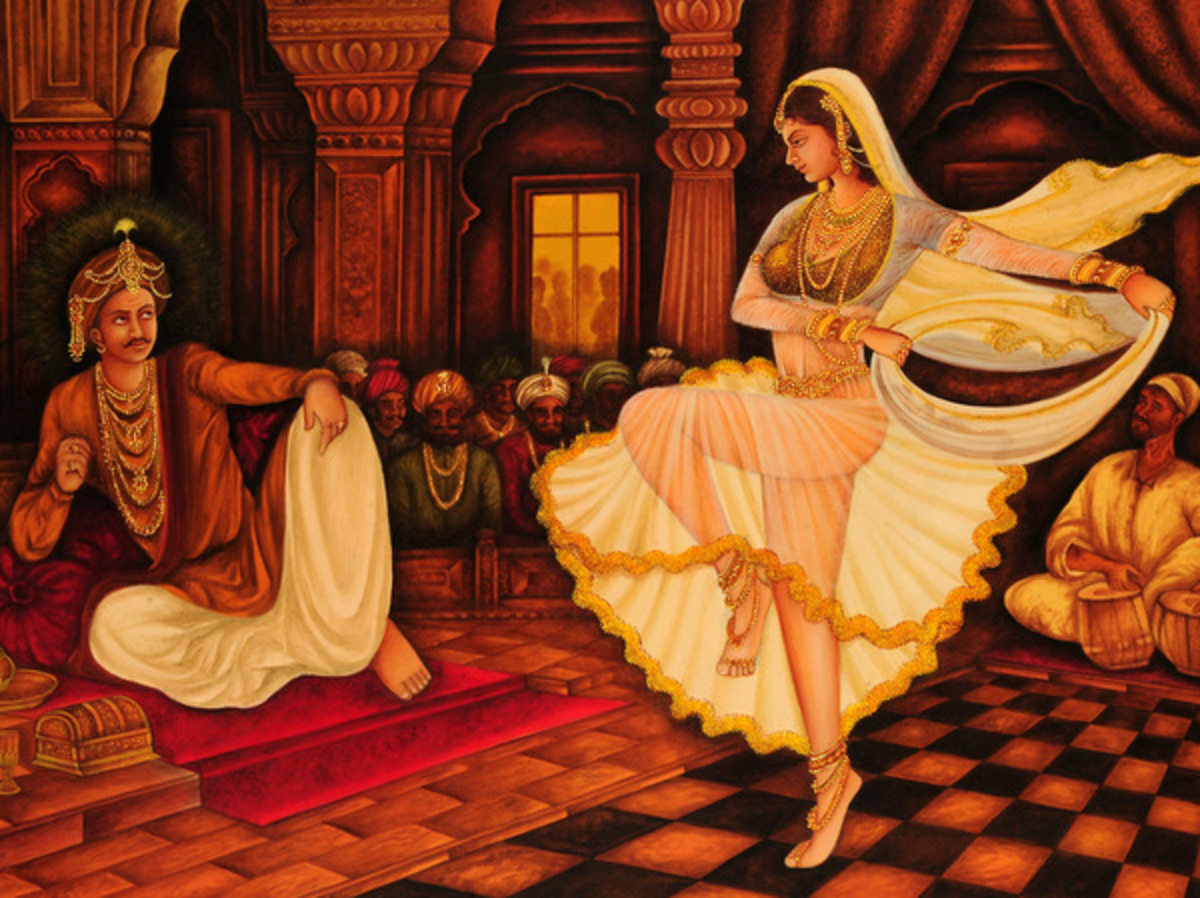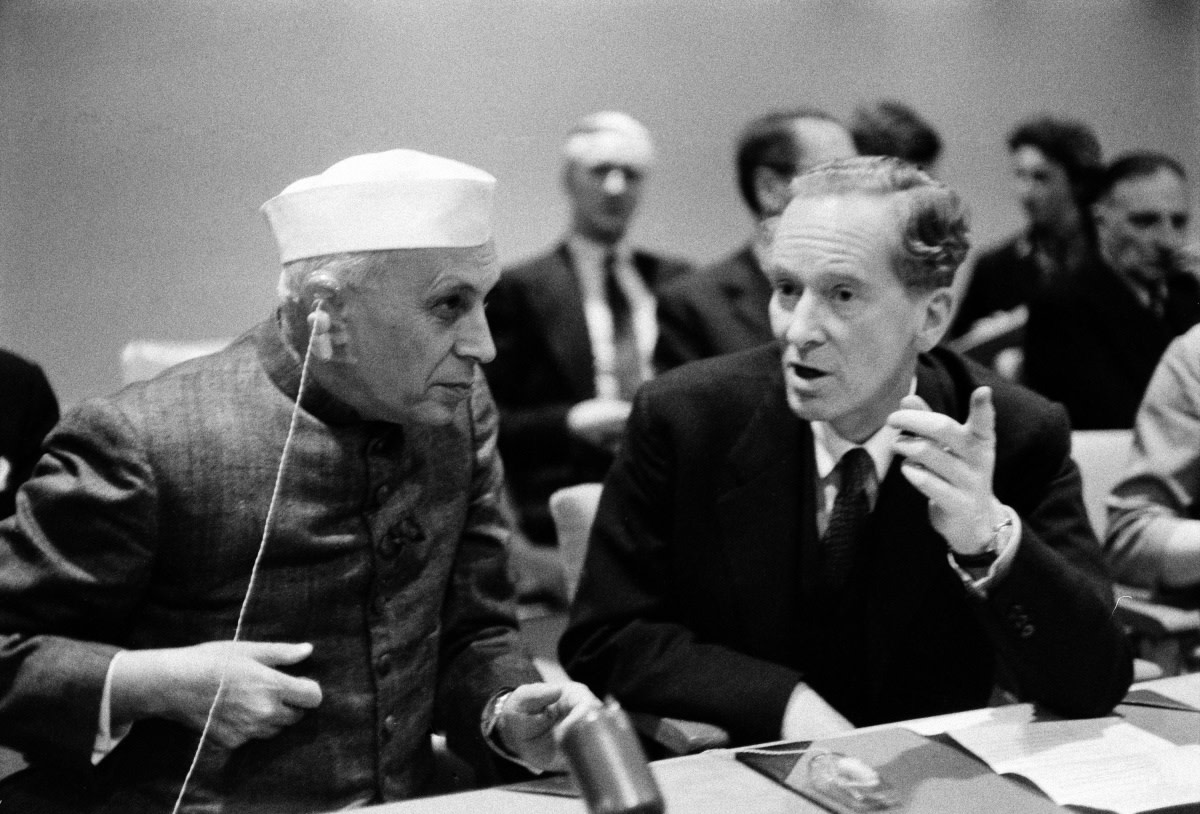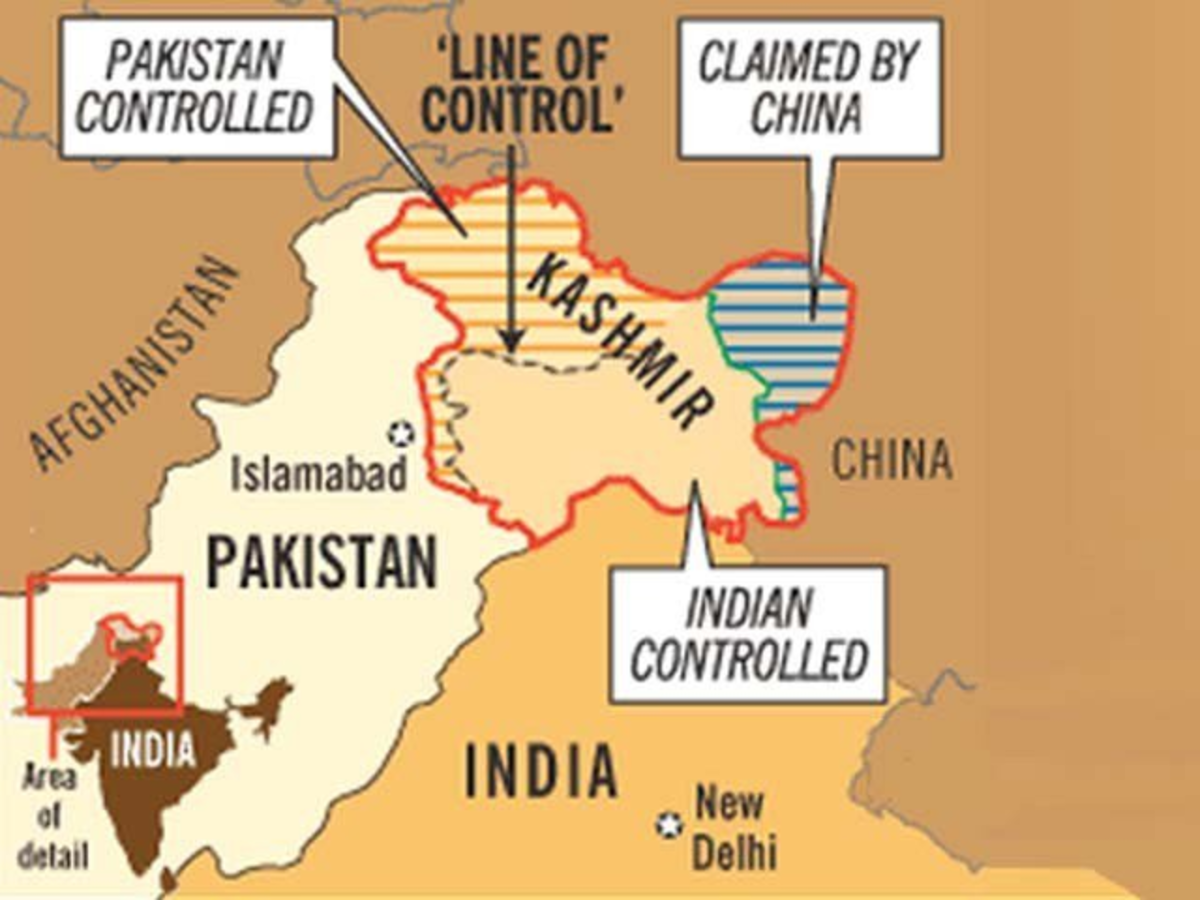Nehru and the Indian Army
Background
When India achieved freedom in 1947, it inherited a highly professional army. At that time the C-in- C of the Indian army was a British general Sir Claude Auchinleck. He had been Cin C North Africa before he was removed and sent to India. He was a man with stature and oversaw the division of the Indian army and its assets between India and Pakistan.
He was followed by Sir Robert Macdonald Lockhart of the Sikh Frontier Force and Sir Francis Roy Bucher of the Scottish rifles. These men had served with the British Indian army and had a strategic vision. So long as these men were in charge as C-in- C, India, Nehru kept quiet. In 1949, he had his first swing at the army and promoted General KC Cariappa as C-in- C, superseding the abler general Kulwant Singh. He also superseded another able general Sant Singh. Both these generals were Sikhs and there is some truth that he was slightly apathetic to Sikhs commanding the army as he felt they were hand in glove with the English rulers. Nehru also feared the army generally and did not trust it, as he felt that all along it had helped British rule. He thus chose Cariappa, a South Indian as Cin C and set in motion his plan to downsize and degrade the Army's influence.
He had his way with the next chief of the armed forces, General Rajendra Singh Jadeja and abolished the post of Commander-in-Chief and replaced it with COAS (Chief of Army Staff). This was a significant and shrewd move by Nehru, as he at one stroke demoted the status of the army chief. During the days of the Raj, the Cin C, India was second only to the Viceroy in the protocol. Nehru in one move thus demoted the Cin C to just another chief.
This was the beginning and after that Nehru’s distrust of the army increased. The fact is that all his life he had sat on satyagraha and civil disobedience movements led by Gandhi and had no comprehension of what is the role of the army and its effect in power projection around the world. In short, he lacked strategic vision.

Nehru's Paranoid Fear of a Coup
In the early fifties, the sub-continent was in a state of ferment and the countries adjacent to India, namely Pakistan and Burma saw military coups. In Pakistan General Ayub Khan seized power, in a bloodless coup that overthrew the civil government. Ayub Khan was an officer of the British Indian army and had many friends among the leading Indian generals in the Indian army. Ayub came to power in 1958 and continued till 1968 when he was replaced by another military general, Yahiya Khan.
The significance of the rise of Ayub Khan was not lost on Nehru and he began to make his own conjectures. The situation was made more complicated for Nehru when in Burma General Ne Win sat in the driver’s seat. This was a surprise to Nehru as the Burmese were Buddhists and he could not understand how a pacifist country could allow an army general to become the supreme leader. Army rule in Burma led to some bloodshed and Ne Win is credited with a statement during an agitation “Army is out to kill and not fraternize with agitators " or words to that effect.
Both these coups unnerved Nehru and he decided to meddle with army promotions to see that loyalist generals were only promoted, who would be beholden to him. He thus did tremendous damage to army command and control. In addition, many leaders of the Congress party led by the National President Dr. Rajendra Prasad asked that the army be disbanded as it was a relic of imperialism. he was credited with the view that the border could be policed by the police.
Nehru did not disband the army but he set in motion command and controls that took away all initiative from the army top brass and he himself and his appointed defense minister Krishna Menon began to run the army. By these measures, Nehru thought to obviate a military coup. His fear of a coup also led him to lower the order of protocol of army generals and even people like chief auditors were made senior.
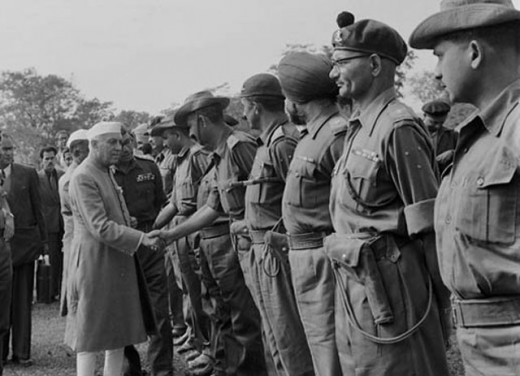

Nehru's House Crashes
Nehru had his way and he appointed a supine General Thapar as Army Chief. He also shelved all proposals to modernize the army and no new weaponry in tanks or field guns were added to the army arsenal. In addition one of his cousins General BM Kaul was appointed a Lieutenant General and he used troops to build a housing colony, instead of carrying out battle exercises. This edifice was bound to come down and China proved the nemesis of Nehru.
The portents were ominous even earlier on when the Army Chief General Thimmaya resigned on grounds of interference in the officer cadre by the Defense Minister Krishna Menon. Nehru pacified him but he ensured that henceforth all generals promoted should be politically vetted. He also refused to expand the army and in a foolish gesture withdrew troops from Tibet. These were maintained by the English pursuant to the 1913 Simla agreement with China and Tibet.
These steps and his failure to modernize the army led teh Tibet being lost as a buffer state. In addition, Nehru had lost almost 30000 square miles of Indian Territory to China, due to his failure to ask the army to occupy the vacant lands. The Chinese moved in and occupied the area known as Aksai Chin.
Nehru came to know about the Chinese occupation when an Indian army patrol was ambushed in Aksai Chin. He was pressurized in parliament and he announced that he had asked the army to set up posts in the Aksai Chin. On the eve of a visit to Sri Lanka, he made an off the cuff remark to the press that he had asked the army to “throw out" the Chinese. It was a casual remark, but China took it literally and struck across the Himalayan border. The Indian army thanks to the machinations of Nehru was caught with its pants down and suffered a massive defeat.
The house built by Nehru crashed and his reputation as a world leader was trashed. He lost face and after this defeat rarely ventured out of India as he felt ashamed. But the fact remains that he was to blame for this predicament and history will not forgive Nehru, for his dereliction of duty towards the army and failure to understand that the position of a country in the polity of nations depends on military power

Last Word
The chain of events set in motion by Jawaharlal Nehru had a deleterious effect on the Indian Army and the subsequent political leadership continued in a similar manner. In 1974 despite a stupendous victory in East Pakistan, the army found its pensions reduced by 30%. This state of affairs continued till 2014 when Narendra Modi to an extent restored pensions and perks of the army. He has also now created the CDS (the chief of defence staff) who will be the supreme head of the three armed forces. The wheel has turned back to 1954.





